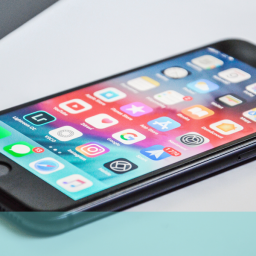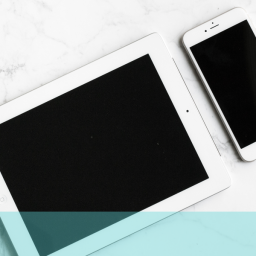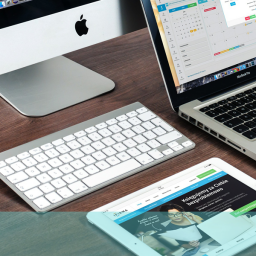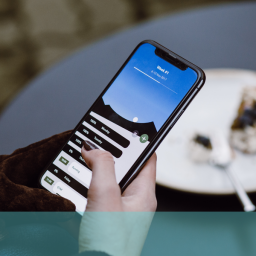
Smartphones – does size matter?
The trend towards bigger smartphones with larger screens for web viewing seems to be the direction in which the industry is currently heading. Led by Google, who have decided that this is where their comparative advantage lies and are trying to press it home, the latest generation of smartphones is set to focus on considerably bigger devices than the previous; the iPhone 6 screen, for example, is almost 40% larger than the models that preceded it. While the whole idea of the development of the phablet concept was to get users to think of smartphones as their natural gateway to the web rather than any other devices, is this latest step really what the market is looking for?
Well the answer to this appears to be a resounding ‘yes’ – and incidentally consumers also seem to be preferring larger screen on TVs and tablets. Improved user experience and pleasure seem to be the primary drivers for this move and the manufacturers are picking up the ball and running feverishly to meet the demand and increase (or at least maintain) their market share. Samsung started the ball rolling with their Galaxy and its 5.1” screen. Google are now pushing the boundaries in this aspect with their new Nexus devices. The Nexus 6 smartphone has a screen almost 6 inches wide and is 10mm thick providing the user with a much-improved experience in viewing movies, pictures and text. The increased depth enables extended battery life and a quick charge feature offers 6 hours of usage from a 15 minute charge.
With 41% of the current US smartphone market apple has the most to lose if it doesn’t keep up with user trends. Screen size is perceived to be Apple’s biggest weakest and they have started to address the issue with their latest iPhone offerings. The iPhone 6 has a 4.5” screen which is considerably smaller than the Nexus but nearly 20% bigger than previous Apple devices; however, the iPhone 6 Plus weighs in at 5.5” which is starting to approach the Google screen size.
Some preliminary research into user behaviour on larger screen smartphones suggests that Apple will need to continue along this path if it wants to keep pace with demand. Users with large-screen smartphones come back to a mobile app 38% more and stay in it 10% longer and those who switch between mobile and tablet drops by almost three quarters when the mobile has a large screen. This could have implications for smaller tablet devices like the iPad Mini 3, Apple’s latest product in this segment of the market.
The main growth in the smartphone market is in the east and Asia seems to prefer larger screens, cheaper phones and the android operating system. All potentially bad news for Apple. Even struggling phonemaker Blackberry has been in the large-screen market longer than Apple with its Z30 5” screen.
So this trend is likely to persist for the foreseeable future, especially as demand from the east pushes this particular feature. Obviously smartphone screen size can only go so far before it starts to encroach on the mini-tablet domain so perhaps the next battleground will be resolution, picture quality, colour and contrast improvement? Keep watching this space for news.
If you would like more information and guidance on how product trends are likely to affect your business, we have a wealth of experience in this, and many other areas. Why not tap our extensive knowledge and expertise by giving us a call free on 08000 246 247 or dropping us an email at hello@ux247.com.

















